When it comes to driving safety, tire pressure is always one of the hottest topics. Why does tire pressure matter? What the heck is that little annoying symbol on my dashboard? Should I under-inflate my tire during the winter? How often should I check my tire pressure?
We got tons of questions like this from our community, so for today, let's dive deep into the world of tire pressure, put our geeky glasses on and figure out everything you need to know about your tires.
1. What's The Recommended Tire Pressure For My Car?
The recommended tire pressure varies based on the vehicle makes determined by the manufacturer after thousands of tests and calculations. For most vehicles, you can find the ideal tire pressure on the sticker/card inside the driver’s door for newer cars. If there’s no sticker, you can usually find the info in the owner’s manual. Normal tire pressure is usually between 32~40 psi(pounds per square inch) when they are cold.
So make sure you check your tire pressure after a long stay and usually, you can do it in the early morning.
2. How To Check The Tire Pressure?
After knowing the proper tire pressure of your vehicle recommended by the manufacturer, you should check your tire pressure regularly to make sure that you are in good shape.
You can check your tire pressure in auto part stores, the mechanics, gas stations, and at home. To check tire pressure at home, you need:
As tire pressure changes with the temperature a lot, and recommended tire pressures are cold inflation pressure, you should start with cold tires if possible. We mostly check the tire pressure after one night's rest to avoid the heat from the friction of the last drive, and before the temperature goes up.
Unscrew the valve cap and press the tire gauge onto the valve stem hard enough until the hissing sound disappears. There should be a reading as long as the gauge is well connected to the tire.
There should be a reading as long as the gauge is well connected to the tire.
You can then note down the tire pressure of each tire, and compare them with the ideal psi you read from inside your driver’s door or in the owner’s manual. Make sure you read in detail, as for some vehicles, front and rear tires have different recommended psi.
If you find a tire underinflated, use the air compressor to fill your tires. You can either buy an air compressor in the auto parts store or use one in a gas station. Remember to rest your tires for at least half an hour to make sure they’re cold and the reading is accurate. If you have to fill your tires when the tires are hot, inflate them 3~4 psi above the recommended psi, and check again with your gauge when they are cold. It’s ok to overinflate a bit when filling the tires, as you can let the air out with the gauge.
After filling the tires, use your tire pressure gauge to check the tire pressure again and make sure they are in a good range.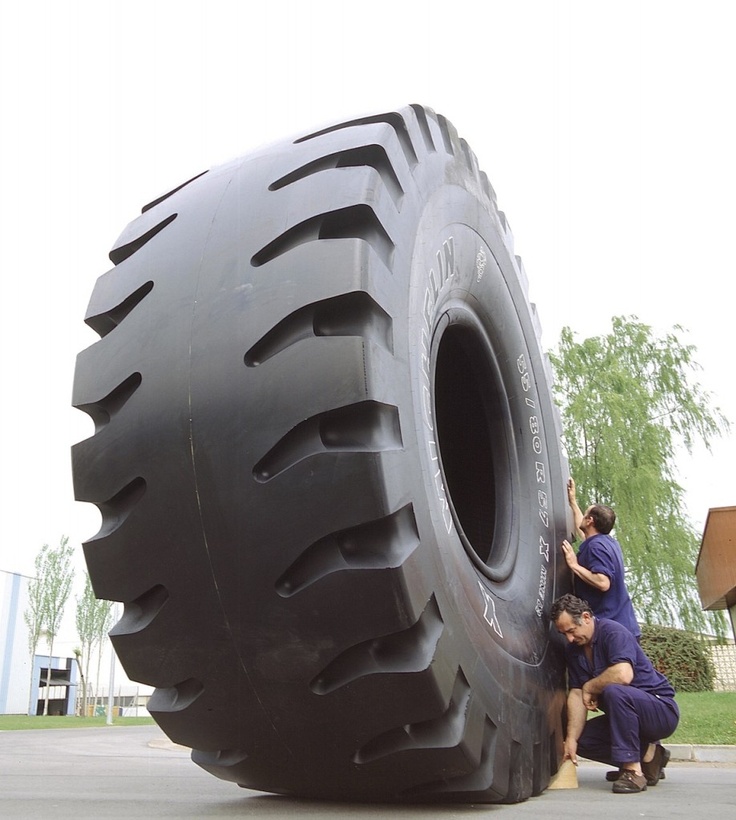 Let the air out a bit if they are over-inflated by pressing the gauge harder on the valve stem.
Let the air out a bit if they are over-inflated by pressing the gauge harder on the valve stem.
3. How To Maintain Proper Tire Inflation?
Tire maintenance is essential for the overall performance of your vehicle, and we highly recommend that you check your tire pressure every time you inflate your tire, each 10°F (5.6 °C) temperature change, and every 30 days.
Be mindful that don’t wait until the TPMS(Tire Pressure Monitoring System) light come on before you check the tire pressure, as the normal TPMS may:
For more information about the tire pressure monitoring system, please check our post about TPMS: What is TPMS and Why Does it Matter?
Thus, we highly recommend that you check your tire pressure regularly, especially before a long drive or heavy load driving.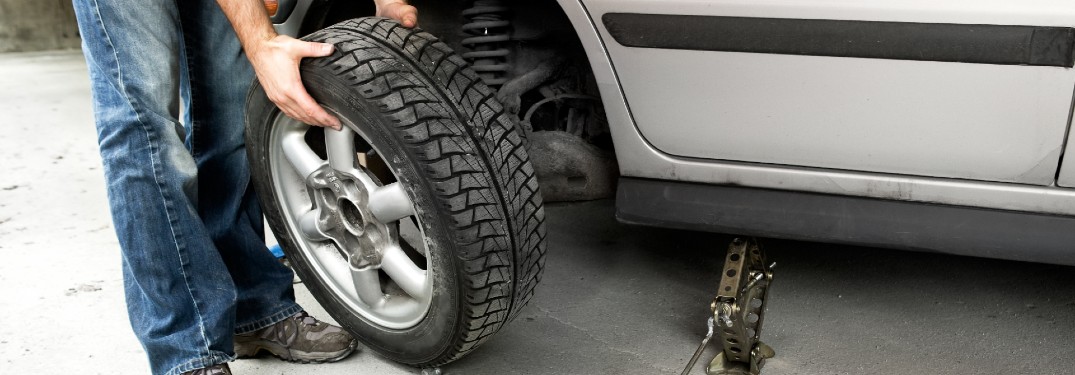 Also, temperature affects the tire pressure a lot, and we will explain it in the next section.
Also, temperature affects the tire pressure a lot, and we will explain it in the next section.
4. How Does Temperature Affect Tire Pressure?
First of all, the rule of thumb is for each 10°F (5.6 °C) decrease in temperature, the tire pressure will drop by one psi for most passenger vehicles. When it comes to commercial truck tires, which are often inflated to over 80 psi (twice as much as a passenger vehicle tires), the change of tire pressure according to temperature is doubled to 2 psi for every 10°F.
For the non-nerdy readers, just remember this rule of thumb and keep in mind that you will need to monitor your tire pressure during different seasons or a sudden temperature change. For those who want a deeper dive into how psi's are determined, here's the science behind it.
The equation we use to calculate the relationship between tire pressure and the temperature is called the Ideal Gas Law. It is a good approximation of the behavior of many gases under many conditions.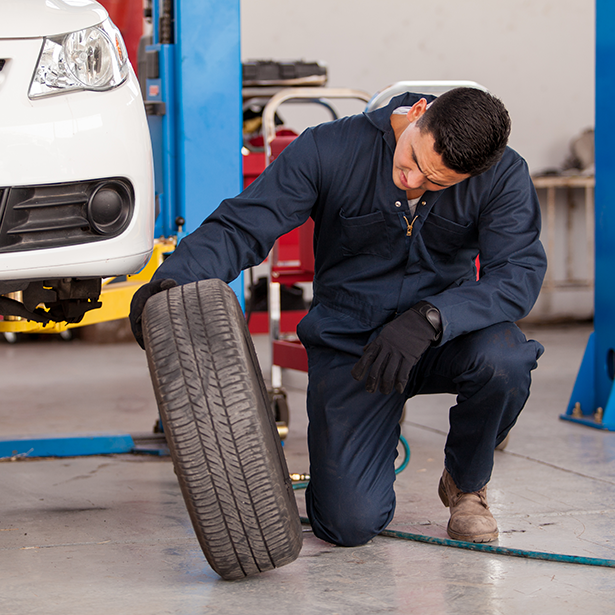 (Appx1) It works well for most low-pressure gases. When applied to tire pressure calculation, the error is less than 1%.
(Appx1) It works well for most low-pressure gases. When applied to tire pressure calculation, the error is less than 1%.
First, we take the Ideal Gas Law equation and apply it to our circumstance:
where,
P = absolute pressure
V = gas volume in the tire
n = the number of molecules of gas in the tire
R = universal gas constant
T = temperature
Since we are trying to examine the pressure change according to the temperature, let's assume two tire pressures P1 & P2 at their set temperatures T1 & T2.
Given the n and R are both constants, and the gas volume in the tire is also a constant, we can take those constants out of the equation, and suddenly we get this straightforward one:
Let's say the temperature drops from 100°F to 50°F, the tire pressure at 100°F is 35 psi, so what's the tire pressure now at 50°F?
(the metric system is getting in the way, huh?)
Absolute Pressure = tire pressure + sea level air pressure (14. 7 psi). So,
7 psi). So,
Put all that into the equation,
So a 50°F drop in temperature lowers the air pressure by 4.5 psi, which is pretty much the same according to our rule of thumb.
5. How Does Tire Pressure Affect Driving
Both overinflation and underinflation affect your tire performance a lot, and serious problems might occur. According to NHTSA(National Highway Traffic Safety Administration), driving on underinflated tires increases a driver's chance of being in a serious accident by 300%. So how will a bad tire pressure affect driving safety? We will explain in detail below.
How tire pressure affects gripThe grip is mostly associated with the size of the contact patch between the tire and the road. An over-inflated tire radically decreases the contact patch while an under-inflated tire does the opposite.
A larger contact patch gives you more grip, and this is the exact reason why lots of racers will intentionally decrease their tire pressures to create a larger contact patch on a dry race track.
However, despite the fact that an under-inflated tire will cause more fuel consumption and improper tear and wear of the tires, for most daily commuters, it might cause an even scarier problem, which is hydroplaning.
Hydroplaning is a hazardous event when a layer of water builds between the wheels and the road surface, leading to a loss of traction that prevents the vehicle from responding to control inputs. (Appx2)
Hydroplaning occurs when the pressure of the tire pushing on the ground is equal to the water pushing back up on that tire. The size of the contact patch, given the force or the weight of the tire, is the same, directly affects the average pressure the tire's putting down on the road. The larger the contact patch (by deflating the tires), the less pressure it puts on that same area. So there's a causal relationship between your tire pressure and the possibility of a hydroplaning event.
Here's a more visual explanation of what is happening between a properly-inflated tire and an underinflated tire when driving on a wet road.
To avoid a hydroplaning event, ALWAYS inflate your tires properly. Also, check your tires' treads, which make the water flow around the tires more efficiently, and of course, driving slow is always a big plus.
How tire pressure affects tire wearThe contact patch directly decides the pattern of the tire's wear and tear. You don't want your tires to wear out prematurely just because you have an over or under-inflated tire.
How tire pressure affects fuel economyImagine you are a ball rolling on the ice, there's no friction between the two surfaces, how much extra force do you need to apply to keep the ball moving? Zero (Thanks, Newton). The same applies to your fuel consumption when it comes to driving on the road. The rolling resistance between your tires and the road significantly affects fuel economy, and by now we should all know the logic behind this, lower tire pressure leads to a larger contact patch, which causes higher rolling resistance, and thus, poor fuel economy.
A Michelin study showed that your tire is accountable for at least 1/5 of your total fuel consumption and a 1-bar of pressure drop (14.5 psi) would increase your fuel consumption by 3-5%.
6. Special Conditions For Tire Pressure Manipulation
There are of course circumstances where you want to manipulate your tire pressure to meet specific requirements. Like the aforementioned track race, or if you are driving on sand, mud, etc. However, as a daily commuter, we strongly suggest you regularly check your tire pressure, preferably once a week and anytime you might take a long road trip, and always keep the tires properly inflated!
Conclusion
Tire pressure is always a hot topic regarding driving safety, and it's important to keep an eye on the tire pressure to maximize fuel efficiency and safety.
Before you go
We'd like to offer you our most popular ZUS Smart Vehicle Health Monitor for FREE to better take care of your car and save $$$ on car expenses.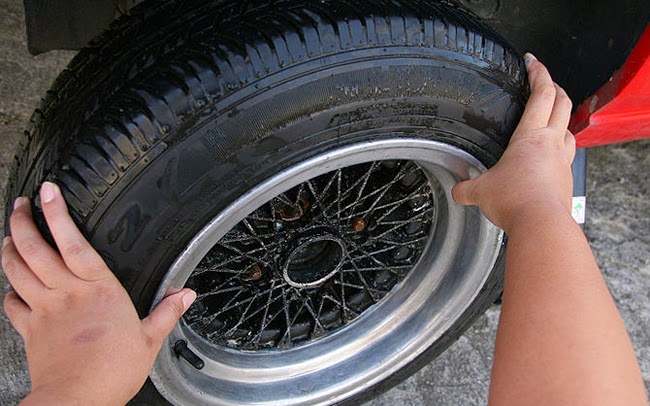 Claim your free unit here.
Claim your free unit here.
Top Posts from nonda:
What is a Car Diagnostic Test & How to DIY?
What Does Check Engine Light Mean & How to Fix it?
Best OBD2 Scanner & Code Reader: Complete Buying Guide
OBD2 Codes: What You Need to Know
Appendix 1 - Ideal gas law - Wikipedia.
Appendix 2 - Aquaplaning - Wikipedia.
The recommended tire pressure is the pressure established by the manufacturer of your car as the optimal air pressure for your tires. Running your tires at the correct pressure is important because it keeps you safe, cuts down your gas bill, and makes your tires last longer. Each vehicle has its own specifications for tire pressure, but most fall between 28 and 36 PSI (pounds per square inch).
Be careful not to confuse the recommended pressure with the maximum pressure. The recommended pressure is the one you should use when filling your tires, and, as explained above, you can find on your doorjamb or in your owner’s manual. The maximum pressure, on the other hand, is usually stated on the sidewall of the tire itself in small print near the tire’s bead (where the rubber abuts the rim). This measurement is provided by the tire manufacturer rather than the car manufacturer and is the maximum amount of pressure the tire can safely withstand.
The recommended pressure is the one you should use when filling your tires, and, as explained above, you can find on your doorjamb or in your owner’s manual. The maximum pressure, on the other hand, is usually stated on the sidewall of the tire itself in small print near the tire’s bead (where the rubber abuts the rim). This measurement is provided by the tire manufacturer rather than the car manufacturer and is the maximum amount of pressure the tire can safely withstand.
Your tires’ max PSI almost always exceeds the recommended pressure. It isn’t advisable to fill your tire to this pressure for everyday driving. At max PSI, your car does not handle as well, braking is impaired, and you could risk dangerous blowouts. Over-inflation can also cause the center of your tire’s tread to wear out prematurely and reduce the lifespan of your tires. You may want to use the max pressure on a temporary basis if you are hauling especially heavy load or towing something.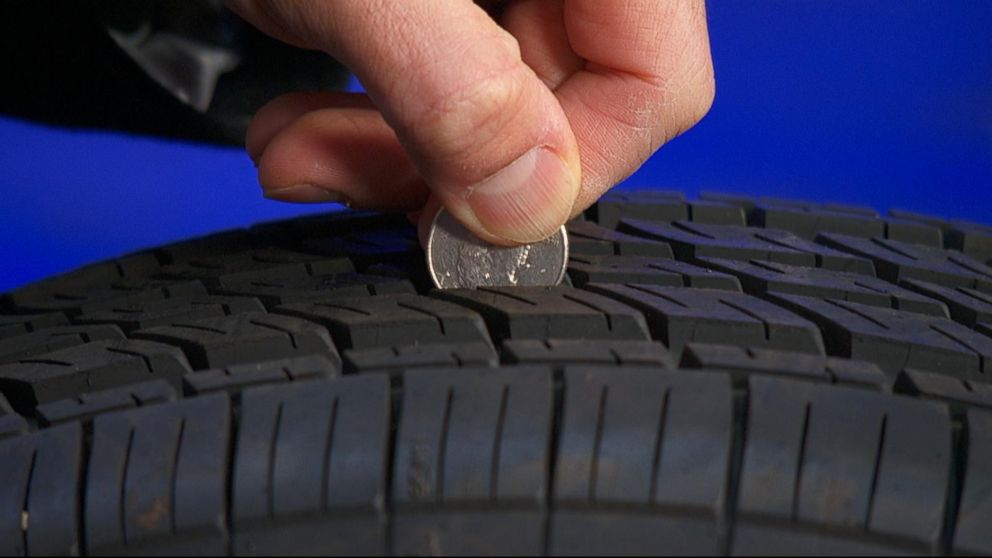
Most manufacturers do not state a minimum tire pressure, per se. The recommended value is the amount of air that a tire needs for a car to handle properly and safely, and anything under that value is not recommended, so functionally the optimal value is also the minimum. Under U.S. law, vehicles are required to be equipped with tire pressure monitoring systems (TPMS) that warn the driver when tire pressure falls below 25 percent of the recommended PSI. This is considered severe under-inflation, but less drastic pressure drops are still considered moderate or mild under-inflation, and they and can still have negative consequences.
If your tires are inflated to a pressure that is below the recommended PSI (as shown in the manual or on the driver’s side doorjamb), your car will not operate safely. Under-inflation can cause the tire to heat up excessively, which can make the tread pull away from the body of the tire.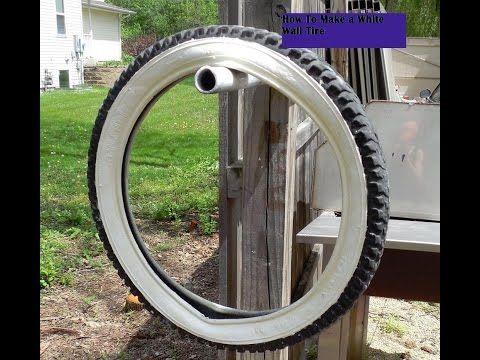 If this happens on the highway, it could lead to a blowout and a serious accident. There are also financial reasons for making sure your tires aren’t under-inflated. A low tire has more rolling resistance, which means the car has to work harder to move down the highway and consumes more fuel. Well-inflated tires are going to save you money at the pumps. Low tires also wear more quickly and unevenly, so you will have to replace them more often.
If this happens on the highway, it could lead to a blowout and a serious accident. There are also financial reasons for making sure your tires aren’t under-inflated. A low tire has more rolling resistance, which means the car has to work harder to move down the highway and consumes more fuel. Well-inflated tires are going to save you money at the pumps. Low tires also wear more quickly and unevenly, so you will have to replace them more often.
A tire pressure monitoring system (TPMS) uses either a direct sensor inside your valve stem or a combination of both software and other existing sensors in your vehicle to let you know when your tire pressure is outside of a safe range of pressures. If the pressure falls below the legally specified limit (25% of recommended pressure) an indicator light shaped like the letter U with an exclamation point inside it (representing the cross-section of a tire) will light up on the dashboard.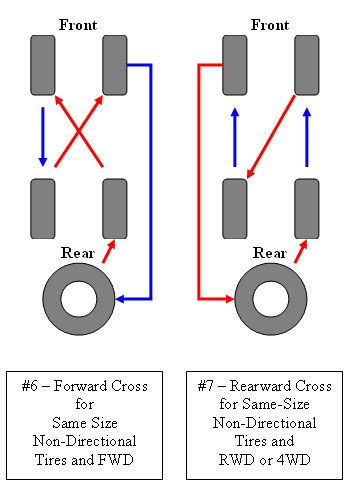 When you see this TPMS light on you should immediately check your tire pressure and make any necessary adjustments.
When you see this TPMS light on you should immediately check your tire pressure and make any necessary adjustments.
If you have further questions about tire pressure or any other aspects of your tires, find your nearest tire dealer to get some advice.
Konstantin Ishchenko
experienced car enthusiast
The motorist's budget is hit the hardest when you have to buy both summer and winter sets of tires within one year.
For example, the popular Nissan Qashqai is equipped with 225/45 R19 tires in the maximum configuration, a set of the middle price category will cost about 50,000 RUR.
But there is an option to save money and buy used tires. This article will tell you how to safely buy used tires and when you shouldn't.
Or the season has changed. We wrote in detail about how to assess the condition of tires and understand when they need to be changed in a separate instruction. Before you start looking for tires, it is important to be able to read their parameters. The most important in this situation are the size, manufacturer and model of the tire.
We wrote in detail about how to assess the condition of tires and understand when they need to be changed in a separate instruction. Before you start looking for tires, it is important to be able to read their parameters. The most important in this situation are the size, manufacturer and model of the tire.
If the task is to buy a set of four tires, then it is important to respect the size. If you damaged one tire, you will have to look for exactly the same one: two wheels of the same axle must have tires with the same tread pattern, and this is possible only in the case of tires of the same model.
/save/koleso-hack/
How to save money on buying car tires and wheels?
Tire parameters important to look for: width, profile height and rim diameter Tire manufacturer and model According to Avtostat, an average car in Russia drives 17,500 km per year. Let's take the average wear resistance of tires according to the Treadwear index - 320 and calculate how long a new set of summer tires could theoretically last.
Every 100 index units is 12,500 km, which means tires are rated for 40,000 km. Assuming that the summer kit is used for 6 months out of 12, the mileage for six months is 8750 km, and the kit is enough for 4.5 seasons.
If the annual mileage is 30,000 km, then the summer kit should wear out in 2.7 seasons. But I have not met people who change tires in the middle of the season: either they change them in the spring, or they drive them until autumn.
Judging by Yandex Market, the average popular tire 205/55 R16 costs 5500 R, which means that the set is 22 000 R. Let's round up 2.7 to three full seasons. One season costs Rs. pay more than 14,000 R. How to evaluate the tread depth on a used tire, we will tell a little later.
/top-economic-cars/
11 economical cars for daily driving
These are very average values, but still usable. There is no perfect formula, operating conditions and driving style are very different.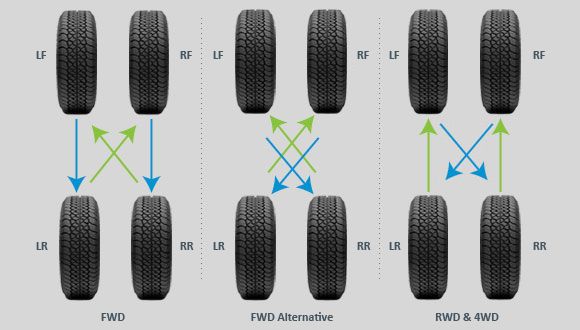
Buying used tires will allow you not to get into a loan if a new set is too expensive. Or it will help those who know for sure that at the end of the season they will change the car: there is no point in buying new tires for the next driver. However, the theoretical calculation does not take into account your travel time for the next purchase and the risks of buying a bad kit. If you plan to drive a car for at least two years, buy new tires.
Velcro on stamped disc. A set of tires and wheels - 3000 R. I took it to change the car into it for the duration of a long body repair. It was a pity for me to leave the car on the expensive original casting. I had to spend two weeks searching, look through hundreds of ads and once go to the other end of the city. When the wheels are no longer needed, I plan to sell for 6000 R At first glance, selling tires is illogical. Tires need to be worn out completely and then disposed of, but the market for used rubber is huge. It has several types of sellers with very different offers.
It has several types of sellers with very different offers.
Companies that sell used tires from Europe and Japan. Despite the ban on the import of used rubber, which has been in effect in the Eurasian Customs Union since January 1, 2010, this business is booming. The main thing is to prove that tires are not hazardous waste and they are not imported for recycling. Therefore, on Avito and various sites, many offices offer used tires of various brands, sizes and models.
| Benefits | Defects |
|---|---|
| Huge selection of summer tires Advice available, professionals know their product Usually there is a tire service on site Safer online shopping. Many sell by bank transfer as a full-fledged online store Tire warranty until the first tire fitting, a defective tire will be changed to a good one or money will be returned | There is almost no choice of winter tires: no studded and little friction - Velcro.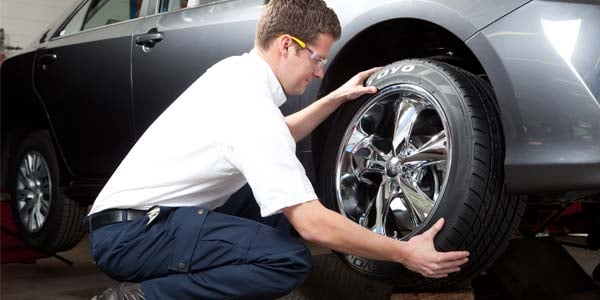 You can only buy "euro-winter" for mild climatic conditions. You can only buy "euro-winter" for mild climatic conditions. Consultation will not always be truthful and in the interests of the buyer. Everything is like on the market in the bad sense of the word Tires can be of the old year of manufacture |
Here are some of the advantages of specialized stores that sell used tires:
But there are also disadvantages:
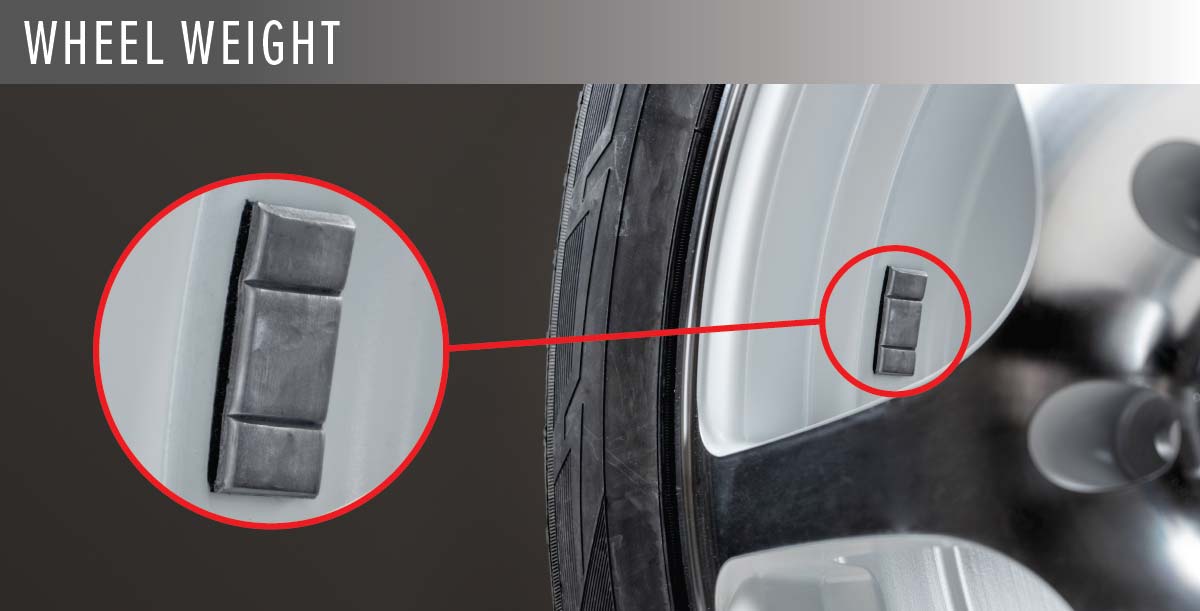
Dealers and tire shops. They differ from the first ones in scale - they are much smaller, and also in that they trade at best on the scale of one city. Often the base for such activities is a tire shop. They buy cheaply at Avito or from tire fitting clients, sell more expensively at Avito or other tire fitting clients.
There are also not very pleasant scenarios: an unscrupulous tire fitting worker offers to dispose of a completely normal set of tires “out of friendship” and gets it for free. For another client, the same kit “very much nothing, two seasons will definitely pass” costs 15,000 rubles.
/save/garage-hack/
A typical tire shop that sells rubber for emergency replacement of a damaged tire.
 The choice is small, storage is not according to the rules: direct sunlight damages tires. But there are situations when there is no choice
The choice is small, storage is not according to the rules: direct sunlight damages tires. But there are situations when there is no choice Individuals who sell unwanted tires for a variety of reasons. Here are the main ones:
| Advantages of | Defects |
|---|---|
| You can search for tires by car make and model, not just size With a little luck, you can make a super bargain | It will take a long time and carefully to choose among ads Many do not know what they are selling (mistakes in tire names, sizes and models are normal) A rare seller agrees to tire fitting in his presence, everything will have to be checked by himself and by hand Many scammers: they can offer to leave an advance payment and disappear or send an erased kit instead of what is in the ad No warranty on tires |
Here are some of the benefits of buying used tires from individuals:

But there are also disadvantages:
Universal ad platforms: Avito, Yula and others. Here is the largest selection of used tires. Both private traders and professionals sell. Despite the convenient application and filters, it takes a lot of time to search. Don't expect every seller to list the model correctly. Bridgestone Potenza can become just "Bridge Stone" - and this is not the worst option.
Here is the largest selection of used tires. Both private traders and professionals sell. Despite the convenient application and filters, it takes a lot of time to search. Don't expect every seller to list the model correctly. Bridgestone Potenza can become just "Bridge Stone" - and this is not the worst option.
You will have to scroll through a huge number of ads with completely worn tires that are only suitable for recycling. Unfortunately, no filters will save you from this. Looking for tires on Avito is like looking for a treasure: you have to dig a lot, and no one guarantees a reward, but some are lucky.
/avito-fraud/
Avito: how to avoid scammers
Adjust the filter by size - so you will have more chances to find the tires you need You can no longer drive on such tires: they are worn out to the limit marks, this can be seen even in the photo. Plus, the sidewalls are very worn out. But the seller still thinks that he can get 3000 R for them Websites for car sales announcements: "Avto-ru" and "Drom". There are few private ads here, mainly specialized stores operate on such sites.
There are few private ads here, mainly specialized stores operate on such sites.
Droma has the largest selection of used wheels and tires from Japan in the country. Drome offers a good customer protection service and acts as a guarantor of purchase: if they send you worn or damaged tires, the site will return the money. If everything is fine, they will be transferred to the seller.
At the time of writing the article on Avto-ru, there were only five private ads for the sale of tires of the common size 205/50 R17 throughout Russia. It makes no sense to look for tires from private traders on this site. Source: Avto-ruCar club sites: forums, chats, Drive-2 — places where representatives of car clubs communicate. Sometimes it can be difficult to find the site itself. This can be a group on Vkontakte, a chat on Telegram or WhatsApp.
There are fewer offers here, but they are more interesting, more likely to find a good set. It is not customary to post completely junk for sale in communities or to greatly inflate the price: the ad will be discussed, criticized, or even deleted altogether.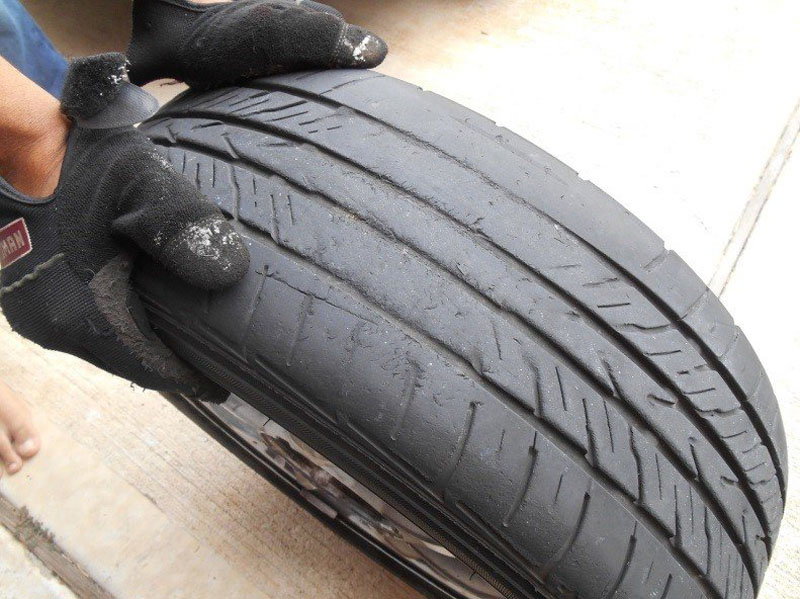
But don't forget about safety. You should not buy something without verification or send the entire amount to a stranger in another city. It is usually customary to ask a friend of a teammate to go look at the kit and make sure that the tires are sent. Here, as a rule, you can place your ad on the purchase of the necessary tires and wait for responses.
There is a flea market on Drive-2. It is not very popular, but it is worth looking into it: there are filters separately for disks, wheels and tires, you can specify the dimensions.
/carservice/
How to save money on the operation of the car
Special online stores and car disassembly. In most cases, such sellers open an official representative office on Avito, but some sites are still working. They may have rare tires or a more interesting price. Large auto-dismantlers rarely sell tires - they mainly sell sets of wheels. The condition of the tires on the rims is most often mediocre: a car is not sent to scrap on good tires.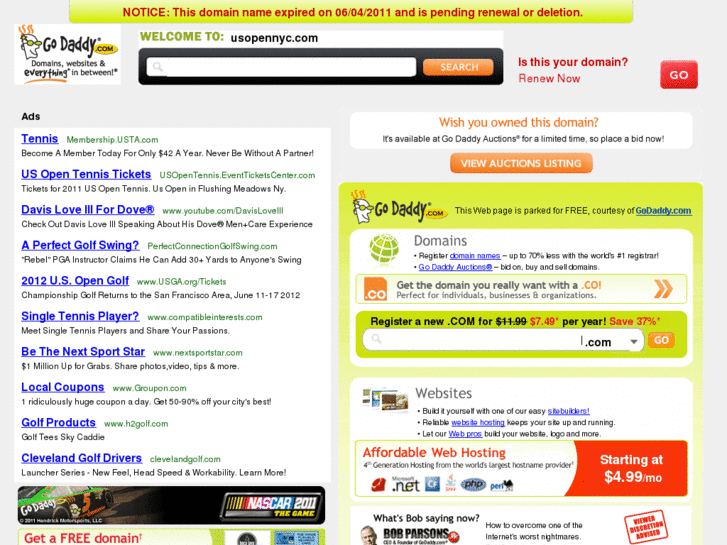
Tire shops and car services. It's hard to find interesting deals on tires here, it's not their business. Tires in a tire shop are usually bought in emergency cases: when one or more tires are damaged, but you need to somehow drive a couple of weeks to pay.
Price. Before buying used tires, it is better to check the price of new tires of the right size. Tires from young Chinese brands are very cheap, and the market for used tires is overheated and overpriced. It is impossible to unequivocally answer which is better: a new tire from an unknown manufacturer or a used tire from a well-known brand. But it is necessary to compare, study reviews and weigh everything.
At first glance, an excellent offer. A set of fresh tires 215/55 R17 with 20% wear for 18,000 R. But the indicated balance of 6 mm is about 30% wear. The remaining tread of the new tire is 8 mm, the tread limiter bar has a height of 1.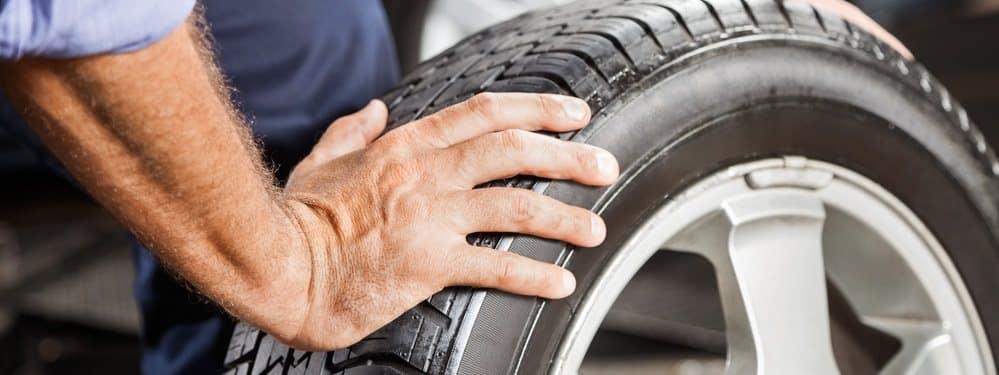 6 mm. The tire is worn 2 mm. Usable tread depth: 8 mm − 1.6 mm = 6.4 mm. 2mm from 6.4mm is 31% wear. Source: Avito But then it turns out that the new ones are very inexpensive. The remaining 6 mm is two-thirds of the tire resource, which means that buying such a kit costs no more than 16,000 R. Source: Yandex Market
6 mm. The tire is worn 2 mm. Usable tread depth: 8 mm − 1.6 mm = 6.4 mm. 2mm from 6.4mm is 31% wear. Source: Avito But then it turns out that the new ones are very inexpensive. The remaining 6 mm is two-thirds of the tire resource, which means that buying such a kit costs no more than 16,000 R. Source: Yandex Market Manufacturer, model, size, indices and other features. Be sure to check all tire specifications - everything that is listed on the sidewall. The seller may not understand tires well or deliberately lie. Carefully inspect each tire. For example, you can accidentally buy a set of four tires, where three will be with runflat technology and one without it. If buying tires remotely, always ask for individual photos of each tire in full detail, or even better, a video.
Tire year. Among the advertisements of specialized stores, there are often tires that are more than 5 years old. Tires may have excellent tread residue, but it is better to refrain from such a purchase.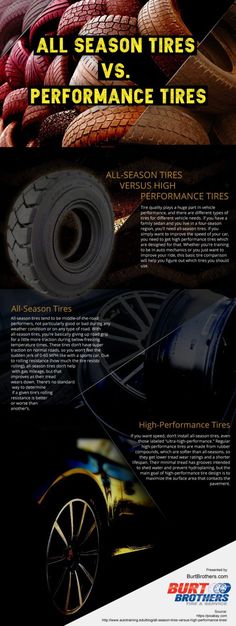 The older the tire, the worse its properties and the greater the chance of hidden damage: cracks, delaminations and ruptures.
The older the tire, the worse its properties and the greater the chance of hidden damage: cracks, delaminations and ruptures.
/wtf/bezkoles/
How online tire stores deceive car owners
The tire release marking always looks like this: the first two digits are the week of production, the second two are the yearTread depth. It is not necessary to measure the residual depth "by eye", it is better to buy a special device or use a caliper. The standard tread depth of new summer car tires is 7-8 mm, winter tires are 8-10 mm.
About tires that are long overdue for disposal, they wrote above: summer tires less than 4 mm or winter tires less than 5 mm should not be bought "for the season", it is not safe.
Digital Tread Depth Gauge is a simple and cheap instrument. It will help to accurately measure the residual tread depth and adjust the price of a set of tires. Source: Yandex Market Tread condition, damage and repairs.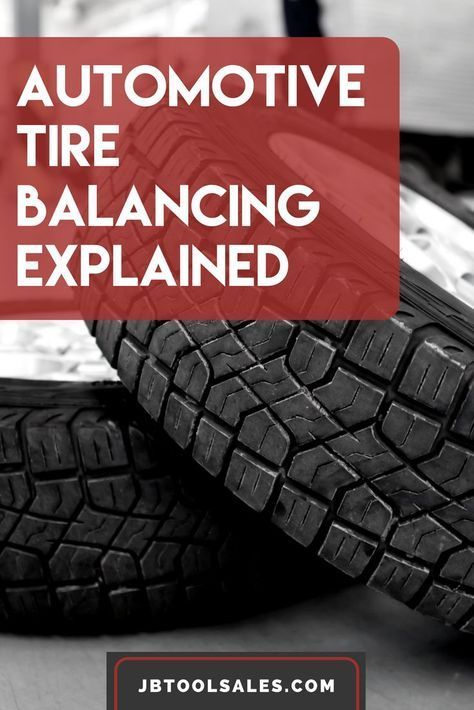 Do not buy tires with uneven tread wear. They will not be able to provide a complete drainage of water from the contact patch with the road, it is unsafe to ride on them. Severe cuts or even the absence of individual tread fragments will also be a reason to refuse a purchase. Without a specialist, you run the risk of buying a tire that you cannot use.
Do not buy tires with uneven tread wear. They will not be able to provide a complete drainage of water from the contact patch with the road, it is unsafe to ride on them. Severe cuts or even the absence of individual tread fragments will also be a reason to refuse a purchase. Without a specialist, you run the risk of buying a tire that you cannot use.
But do not be afraid of well-repaired punctures. Tires with patches on the inside of the tread part can be bought, this will not affect further operation. You should not buy tires on which punctures were repaired with a tourniquet.
/mini-jcw/
How much does it cost to own a Mini John Cooper Works
Obviously, this tire is no good: there is almost no tread, the studs are completely worn out. The central part is almost completely missing, and the sidewalls are less worn. Maybe the tire was pumped. Surprisingly, they also sell such Cracks and delaminations. Long longitudinal cracks, along the circumference of the tire on the sidewall or small cracks in the tread area - in any case, bad. Either such a tire was poorly stored, or it is very old. This is a particularly dangerous case, because such a tire can collapse while driving and cause a terrible accident. Cracks are not repaired, so you will have to refrain from buying.
Either such a tire was poorly stored, or it is very old. This is a particularly dangerous case, because such a tire can collapse while driving and cause a terrible accident. Cracks are not repaired, so you will have to refrain from buying.
Sidewall condition, damage and repairs. Hernias of any size, side cuts and patches on the side of the tire are good reasons to keep looking. You can't buy these tires.
Carefully inspect and feel the sidewalls of the tires. Unfortunately, not all defects can be found on a tire without a disk and without air inside. It will be ideal if you can mount tires on rims in a tire shop. Ask to balance the wheels and only then pay.
/guide/rezina/
How to choose tires for a car or crossover
If in doubt that the tires are intact, look for another option. Remember that it is the tires that connect your car and the road.
The surface adjacent to the rim may also be damaged on the tire. The photo shows the consequences of careless tire fitting of an old tire. I don't recommend buying this tire. If in doubt, and the offer is very interesting, ask the opinion of a tire fitting specialist
The photo shows the consequences of careless tire fitting of an old tire. I don't recommend buying this tire. If in doubt, and the offer is very interesting, ask the opinion of a tire fitting specialist Presence of spikes and their condition. It is not necessary to count every stud on a tire, it is difficult and time consuming. Just look at the tire: if it seems that there are about half of the studs on it or less, you do not need to buy a tire. Studded tires without studs won't get Velcro, so don't just look at the tread.
Studs on a tire that has already been driven for a couple of seasons look very different from new ones. They were worn off along the way, the seats were broken. In the background, you can see that the tire has already begun to lose studs. Even with sufficient tread, you can be left without spikes very quickly, it is better to look for another option Ads often offer used tires at an inflated price. We have made a special calculator that will help you calculate the fair value of tires, regardless of the manufacturer, technical parameters of tires and their number in the kit.
We have made a special calculator that will help you calculate the fair value of tires, regardless of the manufacturer, technical parameters of tires and their number in the kit.
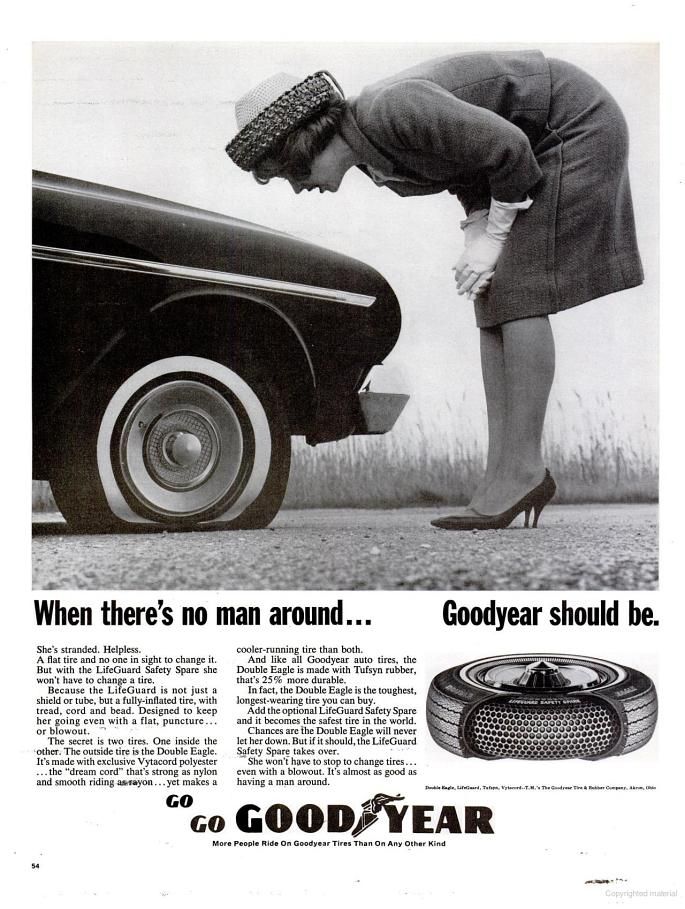
Vladimir Gavrilov
Estimated reading time: 4 minutes
7820
Category: Auto Service
Studs in winter tires significantly improve the car's behavior on icy roads. 8-9 metal teeth always work in the contact patch, which bite into the ice and prevent slipping. On hard surfaces, the studs can hide in their sockets, allowing the studded rubber tread to provide traction. Fine cutting of lomels envelops the surface of the road and seems to stick to it. In this case, the spikes stop working, and the grip properties of the wheel are determined by the characteristics of the tread and the composition of the rubber compound.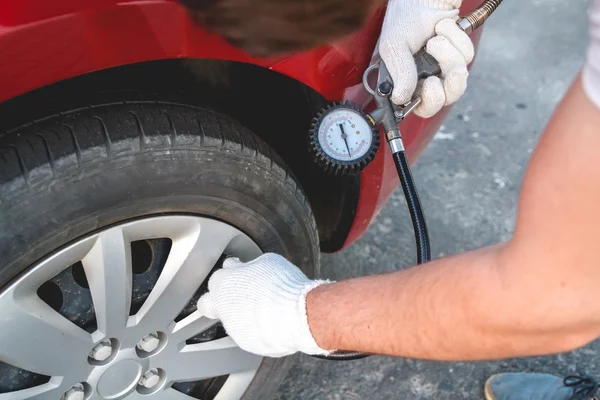
There is no clear indication in domestic legislation about how many studs a tire should have. The rules of the road also do not contain any requirements for the number of spikes. Only in a few European countries have regulations been approved that studs cannot contain more than 50 studs per linear meter of tire in order to avoid high wear on the surface layer of asphalt roads. That's about 100 studs on one R16 wheel. Meanwhile, in Russia there are no such strict restrictions, and tires for icy roads with 120, 180 and even 190 spikes.
The lower limit of studding is also not specified in the regulations. Only in the list of malfunctions and in the technical regulations of the Customs Union is the requirement for the tread height of a winter tire indicated. It must be at least 4 mm. However, manufacturers have standards for studs, and, guided by them, one can evaluate the ability of the wheel to provide the declared driving characteristics.
Typically, a new tire loses no more than 5% of its metal teeth in its first year of use. And this means that the weakening of adhesion to the icy road will be observed in negligibly small periods of time. It does not affect the driving characteristics.
In the second season of operation, frequent trips on asphalt in the thaw lead to the loss of the same number of spikes, namely 5-10 pieces. The wheel is already losing 10% of the teeth, which is why loss of grip in the contact patch will be observed more often. However, 90% of the spikes are enough to provide the characteristics declared by the manufacturer.
After the third season, the tire is missing about 20% of the teeth, and after the fourth year it is already 30-40%. The fourth year of operation of spikes is considered critical. The rubber compound under the influence of road chemicals and due to solar radiation loses its elasticity, and the spikes fall out rapidly. The car already holds the road worse, since a pair of teeth is almost always missing in the contact patch. Although in everyday operation, changes in the behavior of the machine are almost imperceptible and can only be recorded by instruments at specialized sites.
The car already holds the road worse, since a pair of teeth is almost always missing in the contact patch. Although in everyday operation, changes in the behavior of the machine are almost imperceptible and can only be recorded by instruments at specialized sites.
After the fifth year of use, a tire may lose more than 50% of its studs. Such a wheel in the contact patch has a constant shortage of teeth. Instead of 8-9 pieces, only 4-5 spikes work, which is why the coupling properties are noticeably reduced. The braking distance is growing, drivers have to take this into account and not to speed up, as before. However, you can ride on such a tire.
After the sixth year of operation, a good imported studded tire may lose 60-70% of the metal teeth, due to which there are noticeable dips in its performance. If earlier she clung to the ice well, now she does it with laziness, allowing large slippage during braking. Nothing critical though. According to their characteristics, studs are close to ordinary Velcro and may well be used in winter, however, not as actively as before.